Wildfire season continues to heat up as mandatory evacuations are being called in the states of California and Nevada and weather forecasters are also predicting record heat levels will make things worse.
There are currently 14 active wildfires blazing in California, including one so intense that its are creating its own weather system.
Evacuations
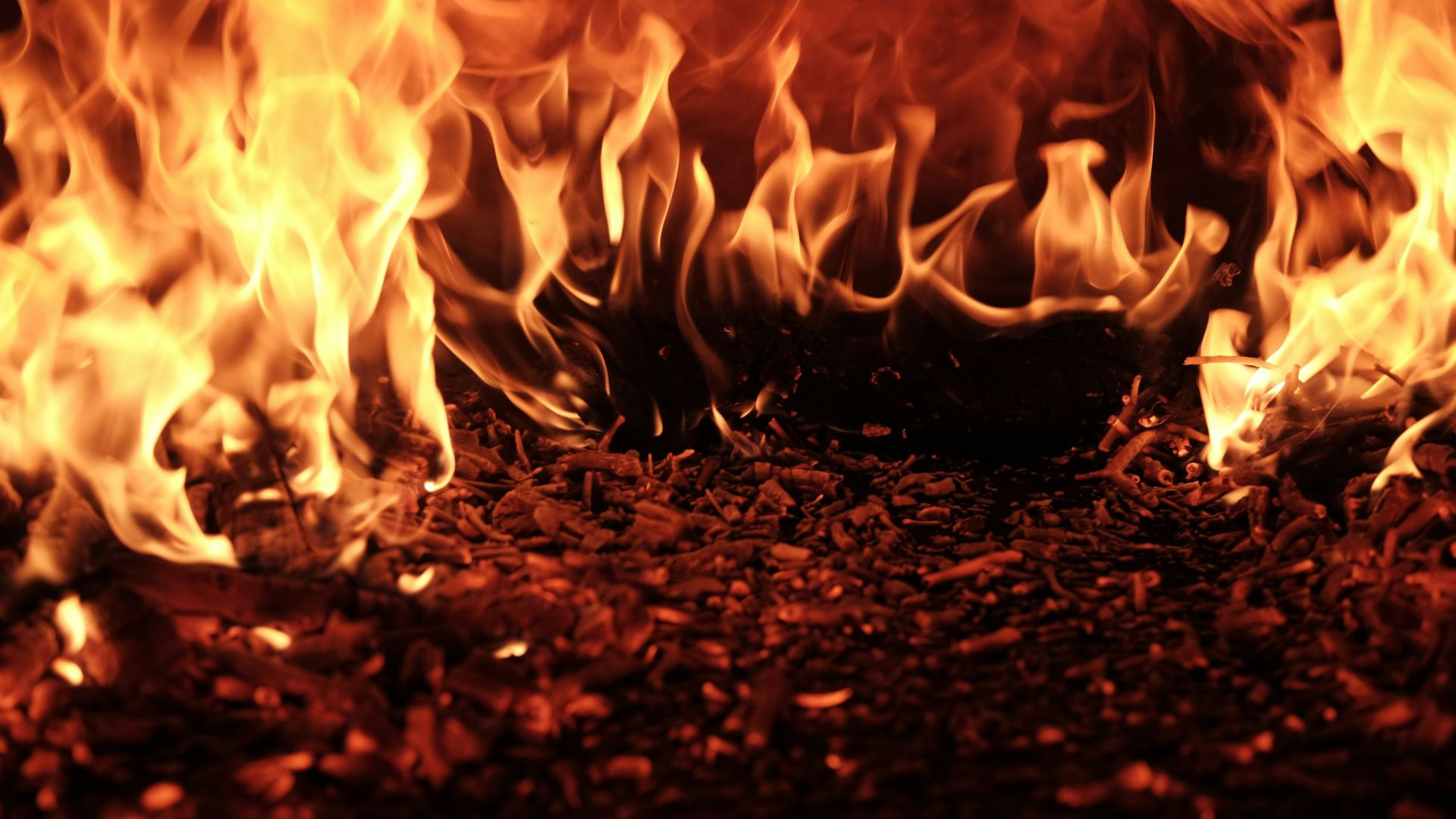
Thousands of homes in these two states are being forced to evacuate as wildfires continue to spread.
In particular, the Line Fire in Southern California has demanded the evacuation of more than 11,000 people from the area.
Tough Conditions

Wildfires are spreading quickly thanks to a confluence of various factors like dry vegetation, intense smoke, and thunderstorm winds.
“Hot and dry conditions mixed with thunderstorms are expected to challenge firefighters for the next few days,” Cal Fire said.
Effect of Smoke
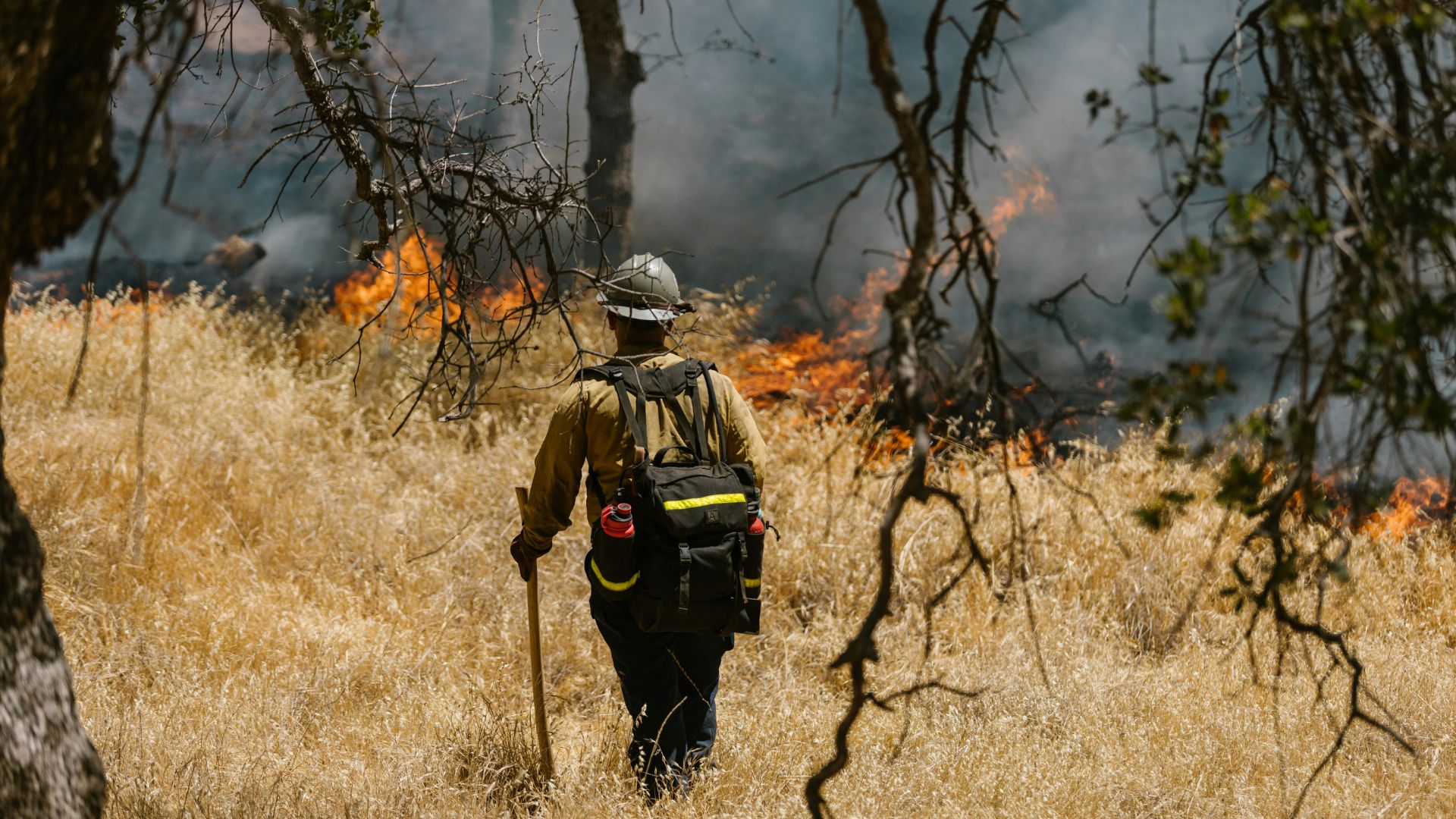
A smoke advisory was declared by the South Coast Air Quality Management District.
Smoke not only affects the air quality, but it makes it harder for firefighters to be outdoors containing blazes.
Southern California Line Fire
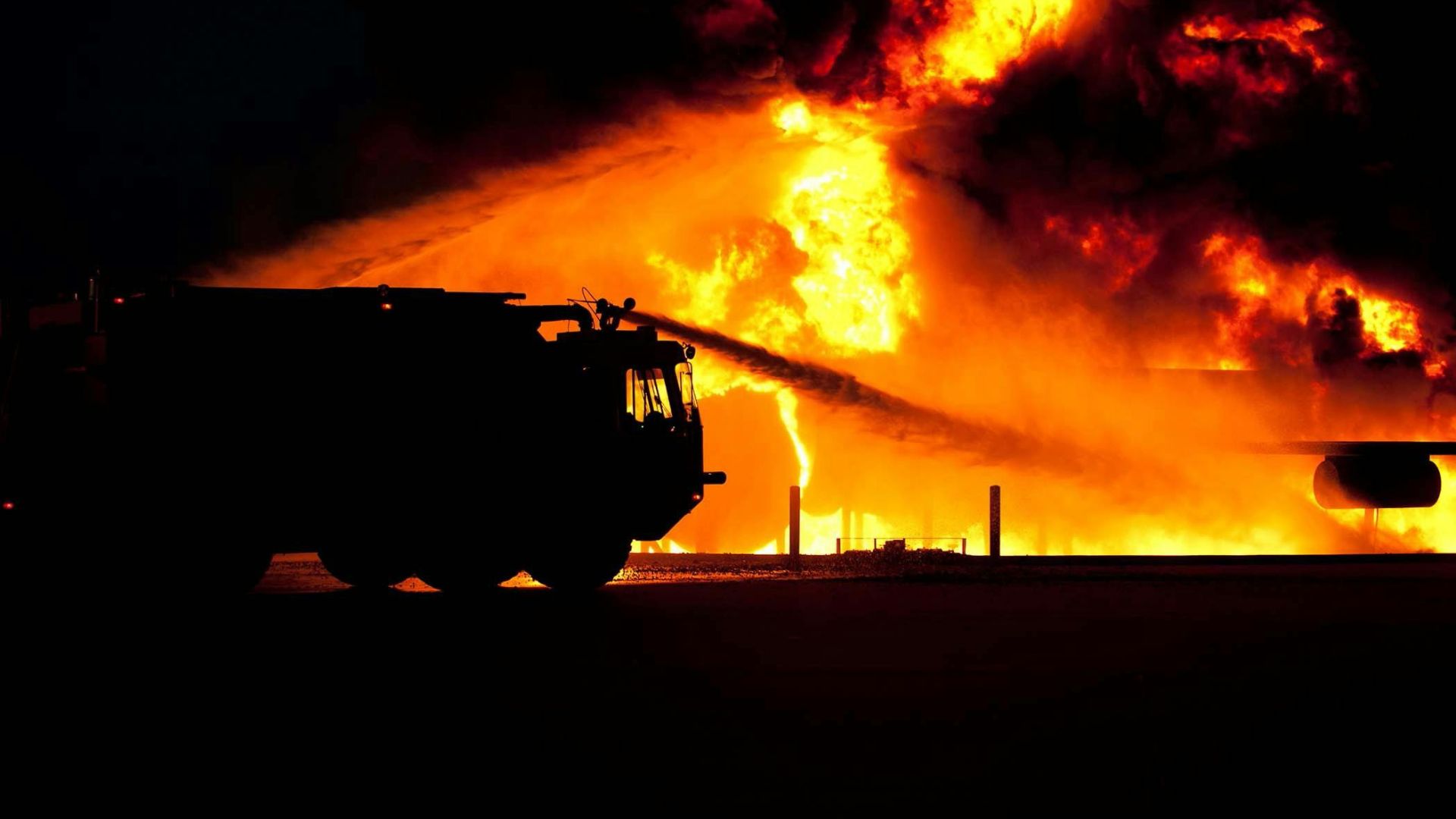
On Thursday, the so-called Line Fire in California ignited in the San Bernardino Mountains quickly quadrupling in size to consume more than 20,552 acres by Sunday.
As of Monday, only 3% of the blaze had been contained while three people have been confirmed injured thus far.
Thunderstorm Threats
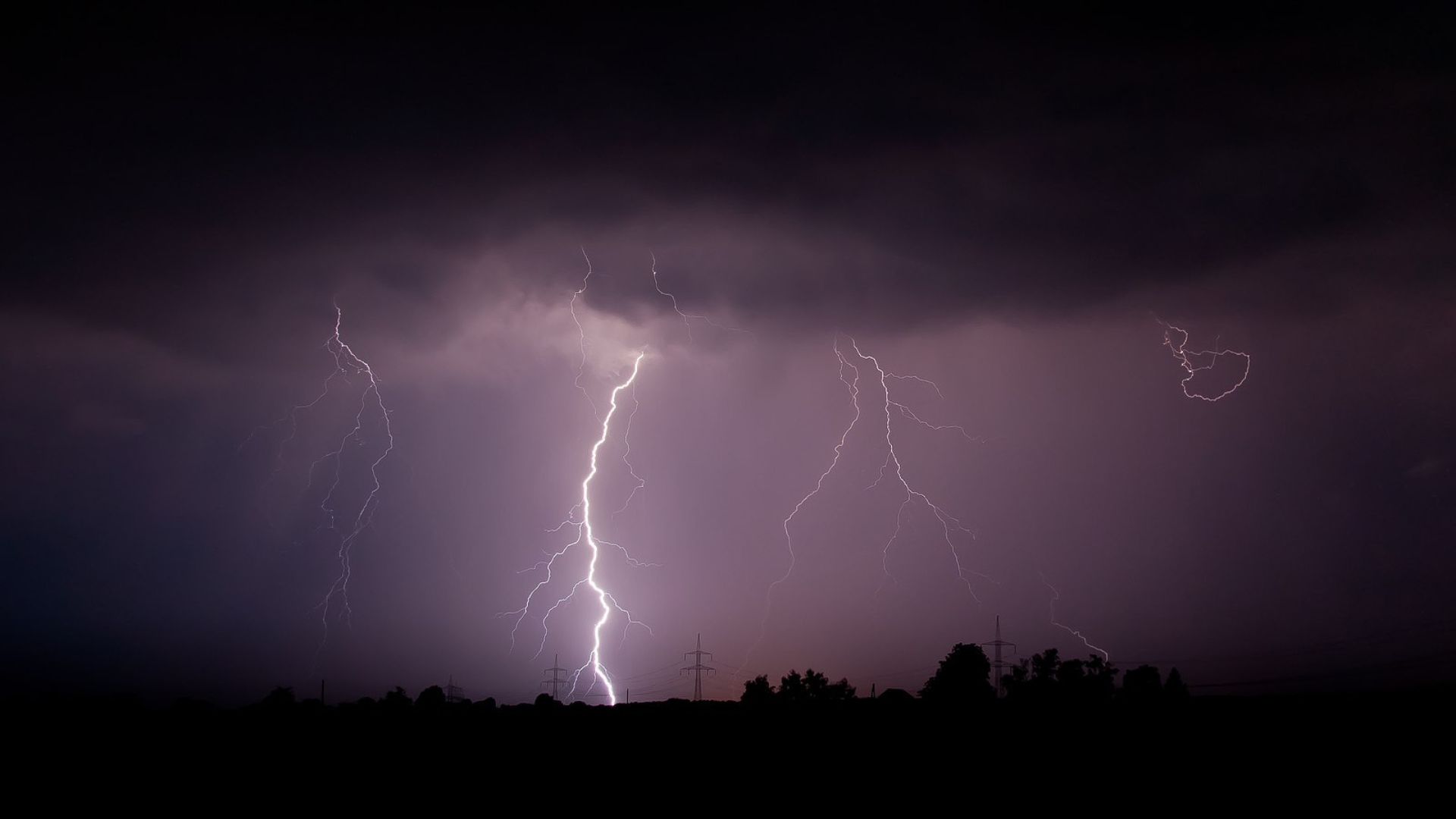
Afternoon thunderstorms have been a persistent threat of reigniting blazes as storms continue to roll into places like the San Bernardino Mountains.
The Line Fire has become so severe that it has created its own mini weather system that includes lightning strikes that threaten to keep igniting fuel.
Creating Weather
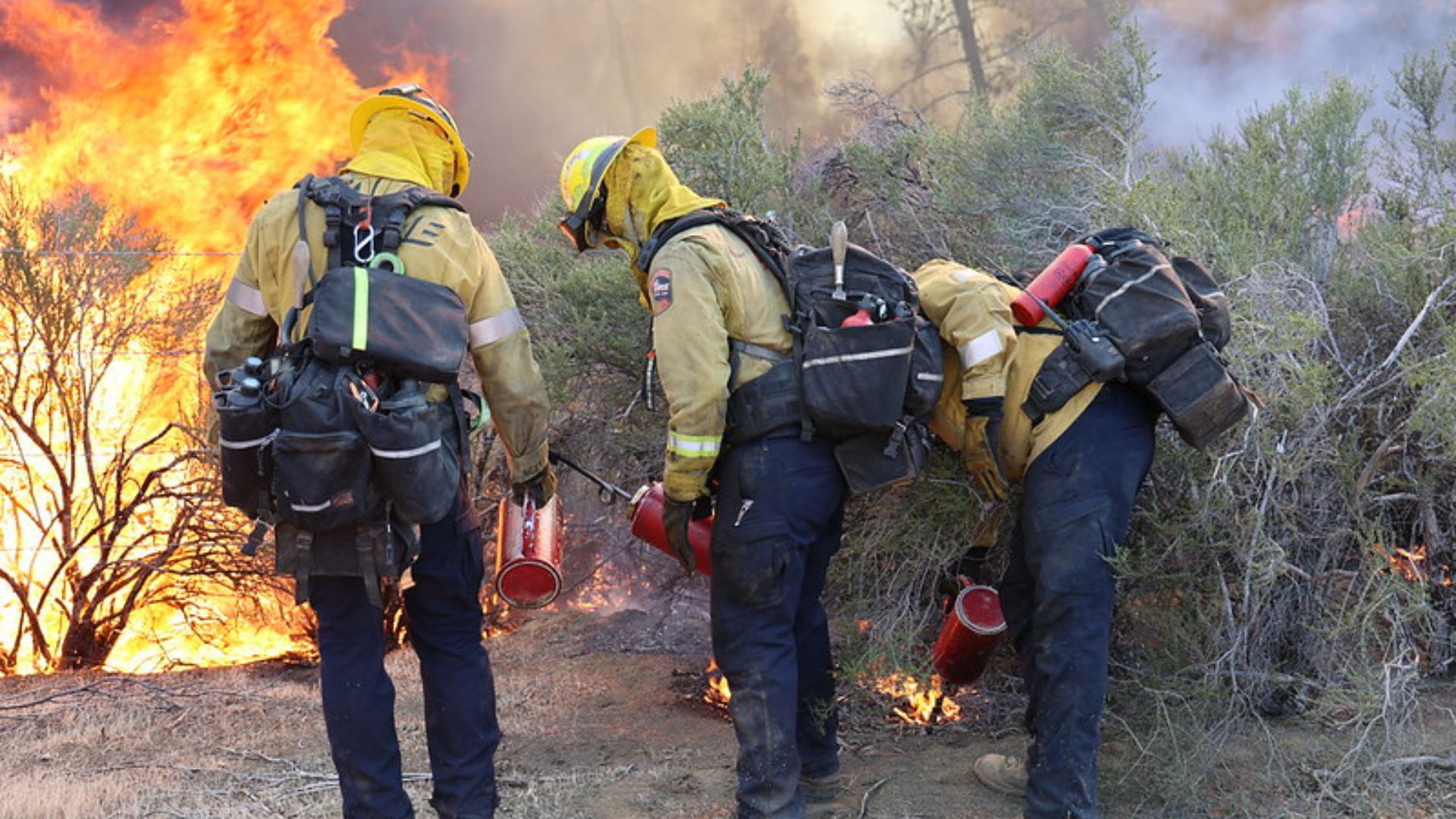
The amount of fuel the fire has burned has led to the formation of pyrocumulus clouds.
These clouds are responsible for creating strong winds that push and spread the fire quicker than firefighters can move to contain sections of the blaze.
Flash Flooding
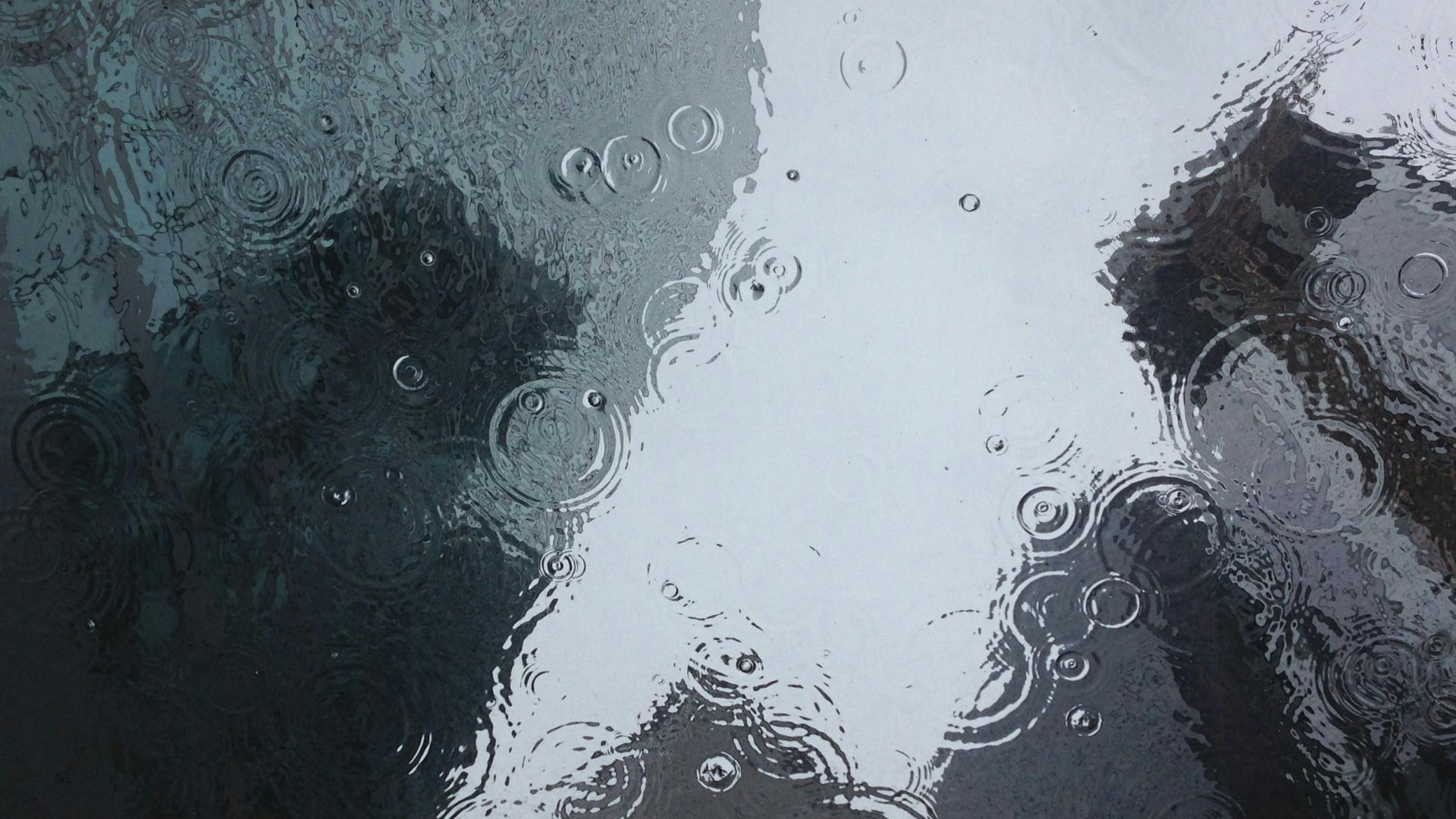
Paradoxically, while hot temperatures remain high and fires continue to burn, residents also have to worry about the possibility of flash floods because of the weather bringing heavy rain.
The National Weather Services issued a flash flood warning for parts of San Bernardino on Sunday, with forecasters saying that between 0.75 to 1.25 inches of rain were falling per hour.
Thousands Evacuated
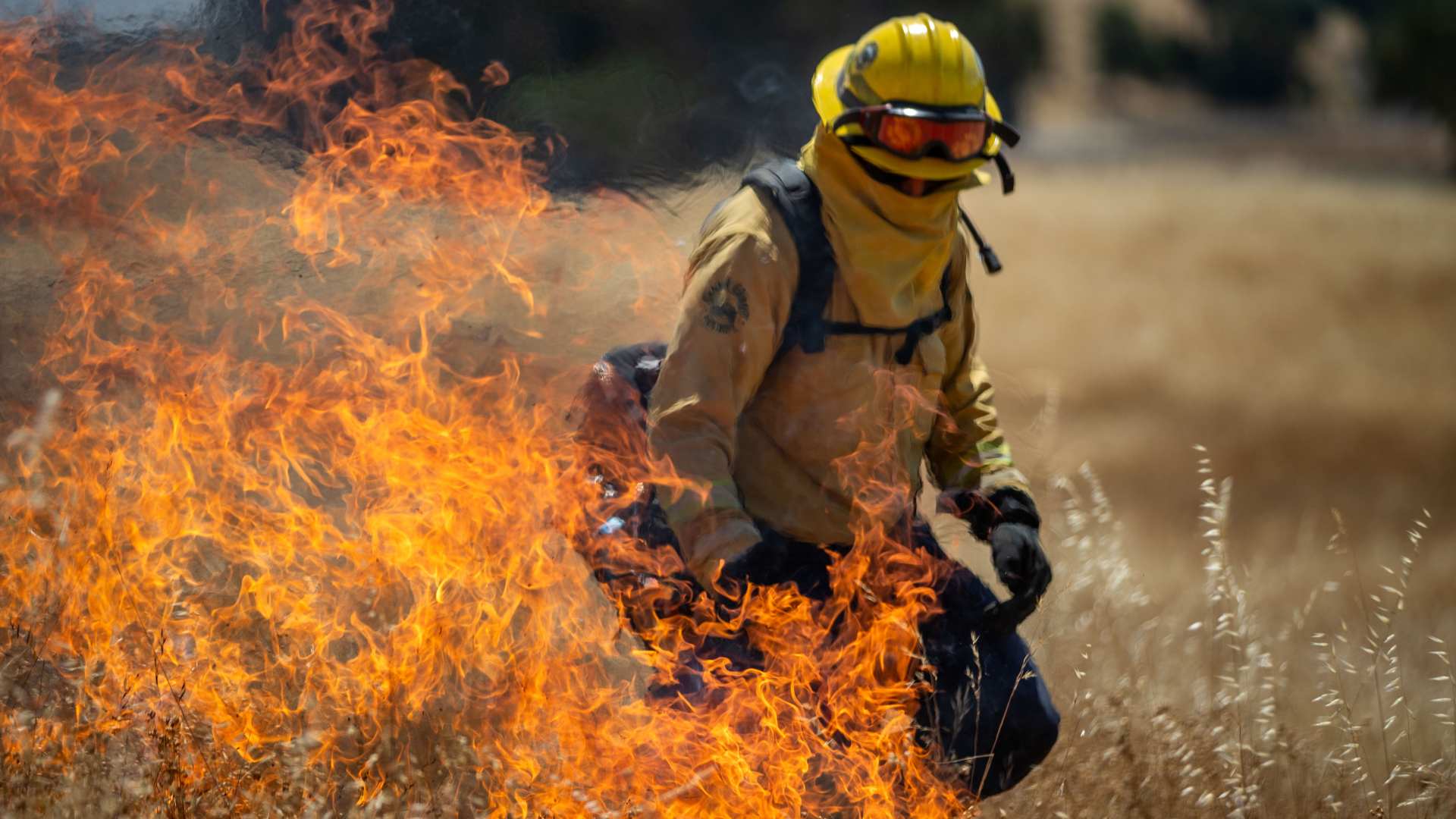
Mandatory evacuation orders have been issued for more than 4,800 homes in Running Springs and Arrowbear Lake.
“The Line Fire is very active and spreading in receptive fuels,” Cal Fire said. “There are currently 36,328 structures threatened, including single and multi-family homes, commercial buildings, and other minor structures.”
Status of Homes
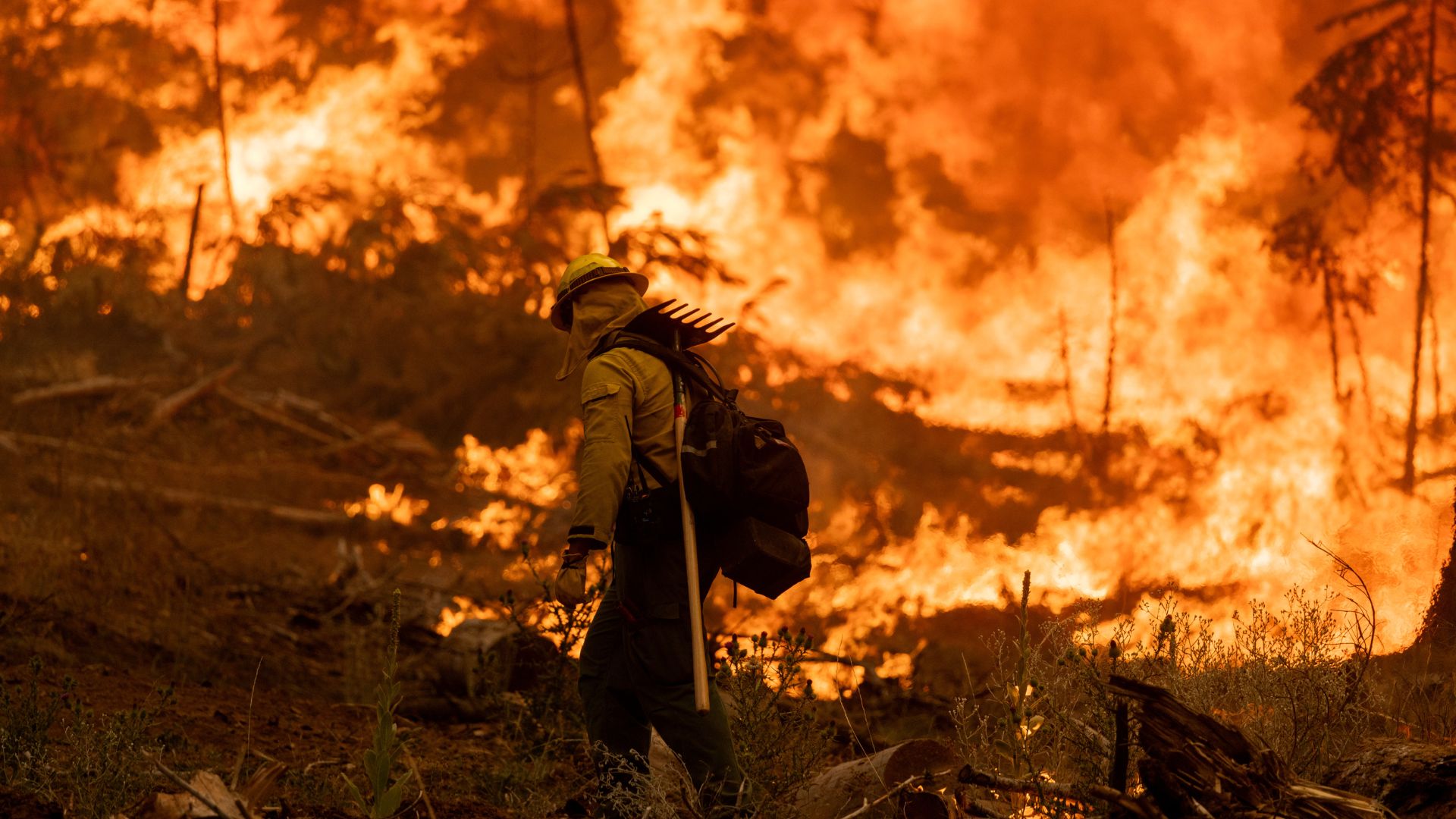
Thankfully, Cal Fire representatives have been successful so far in saving homes from the intense flames.
“Firefighters have been successful so far, even with the unpredictability of this fire, and we tend to keep it that way, we’re ready to stand and fight,” Cal Fire Battalion Chief Brent Pascua told CNN on Sunday.
State of Emergency

On September 7, California Governor Gavin Newsom declared a state of emergency in San Bernardino County, highlighting the danger of the Line Fire and thanking President Joe Biden for his support.
“I thank President Biden for his swift approval of support for the work of our firefighters and first responders battling this fire and protecting local communities. It’s critical that residents in the impacted areas remain vigilant and prepare to evacuate immediately if called for by local authorities,” said Newsom.
Hot Temperatures
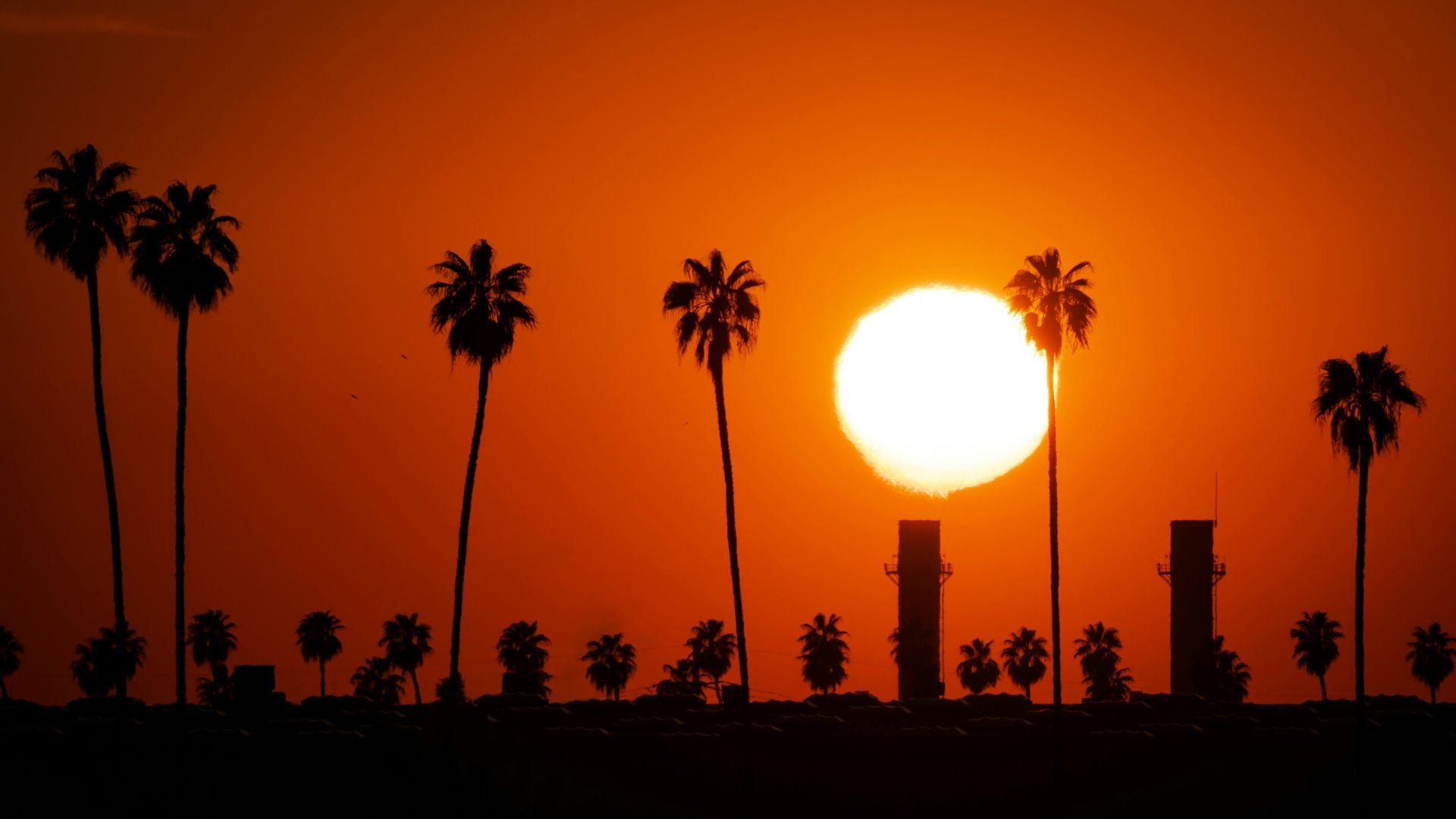
Residents are not only battling a myriad of weather events like floods, fires, and storms; they also have to deal with scorching temperatures in the middle of everything.
A National Weather Service excessive heat warning still remains in effect, cautioning that “Heat-related illnesses increase significantly during extreme heat events.”
